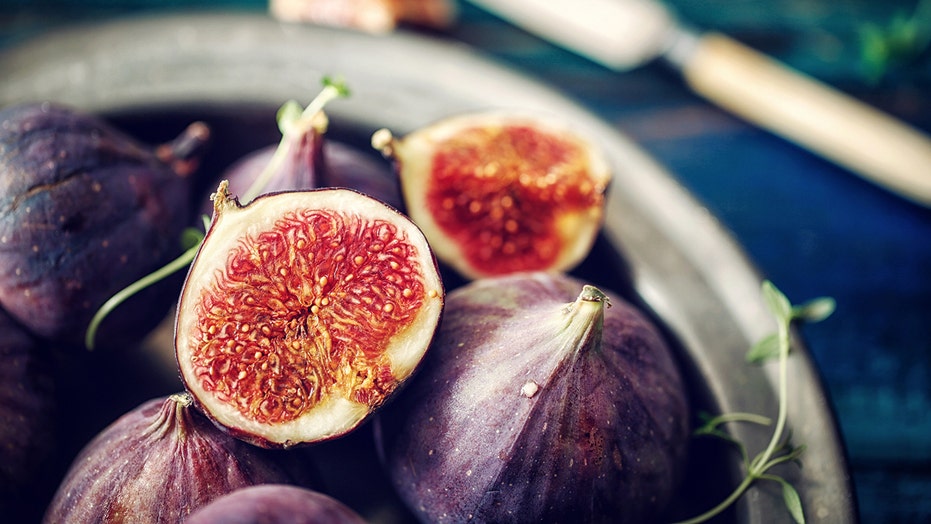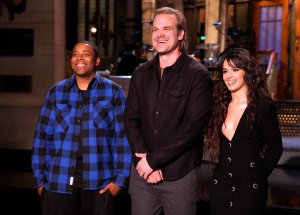
How to make fig and ginger truffles
‘You Have it Made’ cookbook author, Ellie Krieger shows we how
Are there unequivocally passed wasps in figs? You’ve expected listened a rumors, and it turns out that it’s (sometimes) true. Sure, it sounds kind of sum and a tiny sad. But when we find out about a whole fig/wasp connection, we should be means to stomach it.
Here’s what we need to know:
Before we puncture into this, it competence be correct to start with a tiny botany lesson. Fig trees do not flower like apple or cherry trees do. Figs aren’t even botanically tangible as fruits; they are inverted flowers. The strength we eat is indeed a garland of small flowers that grow in a inside
Since fig flowers freshness internally, they aren’t pollinated by bees or wind. They use fig wasps to do a unwashed work. Figs and fig wasps tarry by a biological attribute called mutualism. Simply put, a wasp and a flower need one another to survive.
More From Taste of Home
How fig wasps pollinate fig flowers
The fertilization routine goes like this: A womanlike wasp enters a masculine fig to lay a eggs by a tiny passage. The thoroughfare is so small, a female’s wings and antennae mangle off. So once a womanlike is in, there’s no approach out.
Then a womanlike wasp lays a eggs inside a masculine fig, and masculine and womanlike wasp babies are born. The masculine babies’ customarily dual functions are to imitate with a womanlike babies and puncture tunnels for a girls to exit a figs. The womanlike babies afterwards leave their hearth figs, with pollen in tow, to find a new fig for nesting. And a cycle goes on.
We do not eat a masculine figs. We get fig “fruit” (technically flowers) when a womanlike fig wasp, carrying pollen, enters a womanlike fig accidentally. She pollinates a flower and a fig flower grows inside. Remember, when a wasp enters a fig, she loses her antennae and wings, so she’s cursed to die inside… and we get tasty figs out of a deal.

Depending on where your figs come from, they competence be pollinated by fig wasps, some of that competence die inside a fig.
(iStock)
Why it’s not that bad
Figs enclose a enzyme ficin that breaks down a womanlike exoskeleton. Well, mostly. When we eat a fig pollinated by mutualism, we are technically eating a wasp, too. But fig wasps are unequivocally small, customarily usually about 1.5 millimeters long. So if we get a tiny un-enzymed wasp with your fruit, it’s not unequivocally that many when we review it to bug calm in other foods.
What foods, we ask? Well, there’s substantially some-more bug in your hoppy drink than in your figs. According to Scientific American, a FDA’s extent on aphids in hops is 2,500 aphids per 10 grams of hops, or about 5 percent of a sum weight of a hops. Granted, I’m a food adventurer, though meaningful about aphids isn’t going to stop me from making refreshing drink margaritas, one of my favorite summer mashup recipes…tequila worm, aphids and all.
A Quick Note About U.S. Figs
To put we some-more during ease, it’s value noting that many U.S.-grown figs are self-pollinating, so they’re wasp exoskeleton-free. You can appreciate scholarship for that when we enjoy warm fig and brie crisps at your subsequent cocktail celebration and share this story.
















